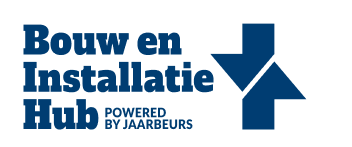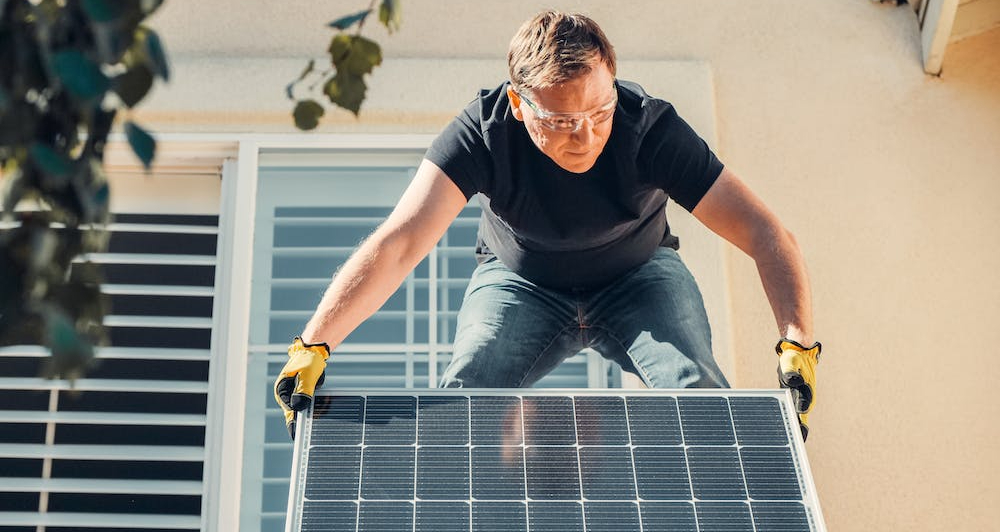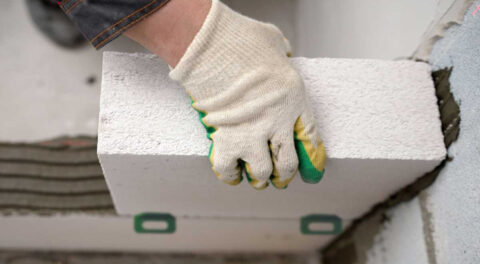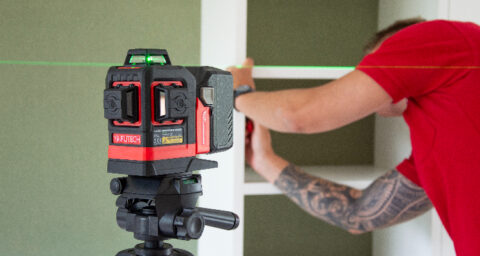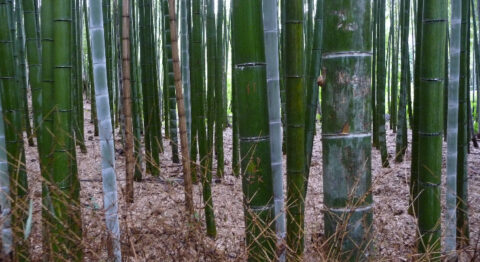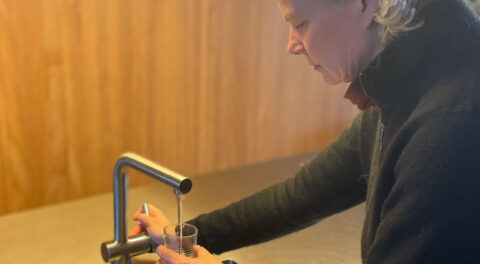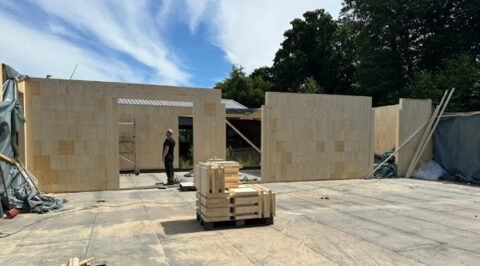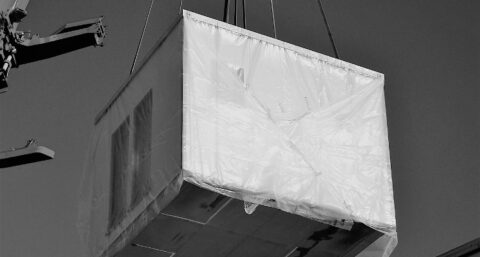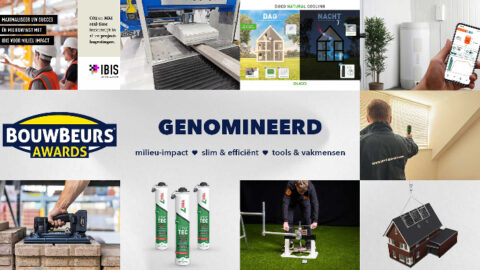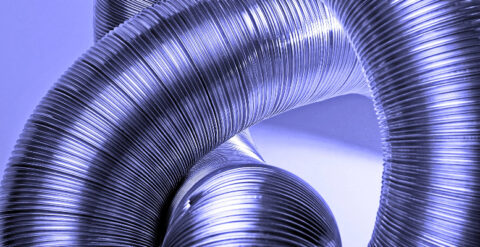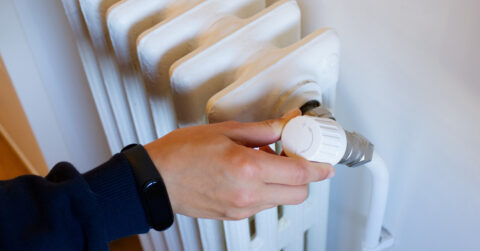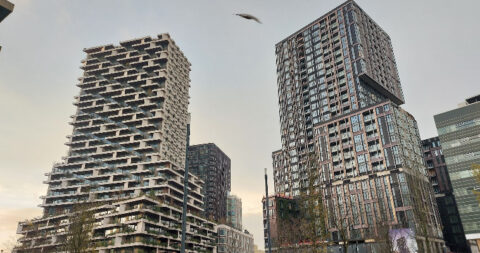Sharp Energy Solutions' new bifacial solar panel has received a major upgrade. The panel has higher power output, higher efficiency and, most importantly, improved low-light performance. As a result, the solar panel continues to produce energy even in sub-optimal lighting conditions, providing a great benefit to users.
The NB-JD585 is Sharp's latest TOPCon bifacial solar panel with a wattage upgrade to 585 watts. The NB-JD585 is a glass-to-glass solar panel equipped with 144 rectangular, N-type 144 M10R (182.2 mm*183.75 mm) half cells with 16 contact rails. Rectangular cells have different cell dimensions, leading to better performance.
Low light and high temperatures
The N-Type TOPCon module has a bifacial ratio of up to 80% and a module efficiency of 22.65%, giving this panel enhanced performance. In addition, the solar panel benefits from N-Type TOPCon technology: it provides higher power and efficiency, improved low-light performance and increased bifaciality. Thanks to this improved low-light performance, the solar panel continues to produce energy even in suboptimal lighting conditions. This, in turn, improves overall efficiency.
The bifacial N-type TOPCon solar panel also has a low temperature coefficient of -0.30%/°C for power output. This ensures excellent performance even at high ambient temperatures. This feature is crucial given climate change and associated temperature increases. The solar panel is also free of light-induced degradation (LID, Light Induced Degradation), minimizing the risk of power loss over its lifetime.
Safety, quality and sustainability
The dimensions of the NB-JD585 are 2278 × 1134 mm, with an aluminum frame of 30 mm. The front and rear glass layers are each 2 mm thick, and the solar panel weighs a total of 32.5 kg. The mechanical details of the solar panel make it suitable for a variety of applications, including commercial and large-scale free-field installations.
The safety, quality and durability of the panels have been officially recognized with the award of IEC labels (IEC61215 and IEC61730). Tests in accordance with international standards have shown that the solar panels can withstand extreme conditions. The panel has passed a test with ammonia, salt fog and sand, as well as a PID resistance test.
